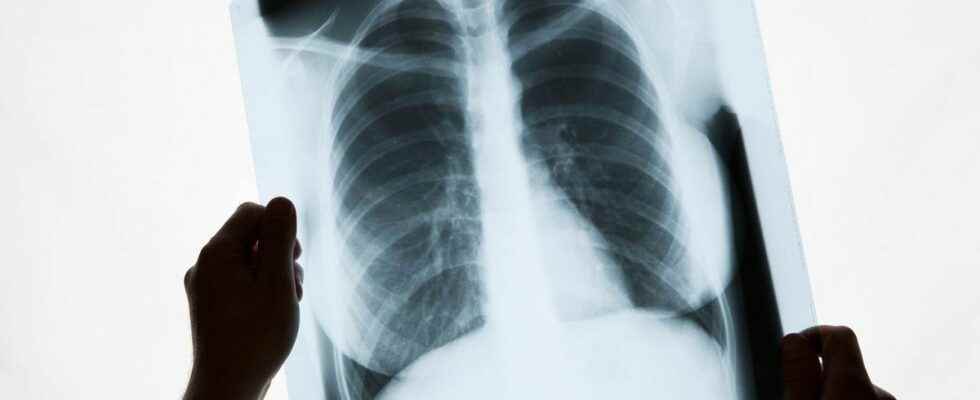Published on
Updated
Reading 3 mins.
American researchers have developed an artificial intelligence model capable of detecting the risk of cardiovascular disease at 10 years with a simple X-ray of the lungs. A simple method that would allow mass screening and early prevention of heart attacks or strokes.
Improve cardiovascular risk assessment
Current recommendations aim to estimate the risk of major adverse cardiovascular events within 10 years in order to determine who should receive a statin in primary prevention (before the occurrence of the slightest accident).
This risk is calculated using a score based on a statistical model that takes into account a multitude of variables (age, sex, race, systolic blood pressure, treatment for hypertension, smoking, type 2 diabetes, different blood tests…).
“But the variables needed to calculate risk are often not available, highlighting the need for simpler screening techniques.“, said Dr. Weiss.
Artificial intelligence: the Deep Learning approach
Deep learning or “deep learning” is a sub-branch of artificial intelligence, which aims to build knowledge from a large amount of information (the greater the amount, the more knowledge will be refined). In the case that interests us, it is a question of “feeding” an algorithm with numerous X-ray images and to have in parallel the cardiovascular history of the X-rayed patients.
Dr. Weiss and a team of researchers therefore fed an algorithm with chest X-rays. Specifically, 147,497 chest X-rays from 40,643 participants in a very large screening trial for prostate, lung, colorectal and ovarian cancer, designed and sponsored by the US National Cancer Institute.
The researchers then tested their model using a second cohort of 11,430 outpatients (mean age 60.1 years; 42.9% male) who underwent routine chest x-rays at Mass General Brigham and were potentially eligible. to statin therapy. Results: Of 11,430 patients, 1096, or 9.6%, experienced a major adverse cardiac event during the median follow-up of 10.3 years. There was a significant association between the risk predicted by their model and the major cardiac events observed.
A simple X-ray to assess cardiovascular risk?
The researchers also compared the prognostic value of their model against the current clinical standard for deciding statin eligibility. This could only be calculated for 2401 patients (21%) due to missing data (eg blood pressure, cholesterol) in the electronic record. For this subset of patients, their model performed similarly to the established clinical standard and even provided additional value.
“The beauty of this approach is that all you need is an x-ray, an exam that is done millions of times a day around the world.“, said Dr. Weiss. “Based on a single existing chest X-ray image, our model predicts future major adverse cardiovascular events with similar performance against the established clinical standard.“.
Mass screening based on a simple chest X-ray
Dr Weiss said further research, including a randomized controlled trial, is needed to validate this model of AI. The objective is for it to be able to serve as a decision-making tool for attending physicians in the future.
“Our deep learning model offers a potential solution for opportunistic mass cardiovascular disease risk screening using existing chest x-ray images.“said the study’s lead author, Jakob Weiss, a radiologist.”This type of screening could be used to identify people who could benefit from statins but are currently untreated.“.
“VSWhat we have shown is that a chest x-ray is more than a chest x-ray (…) With an approach like this, we get a quantitative measurement, which allows us to provide both diagnostic and prognostic information that helps the clinician and patient“concludes Dr. Weiss
